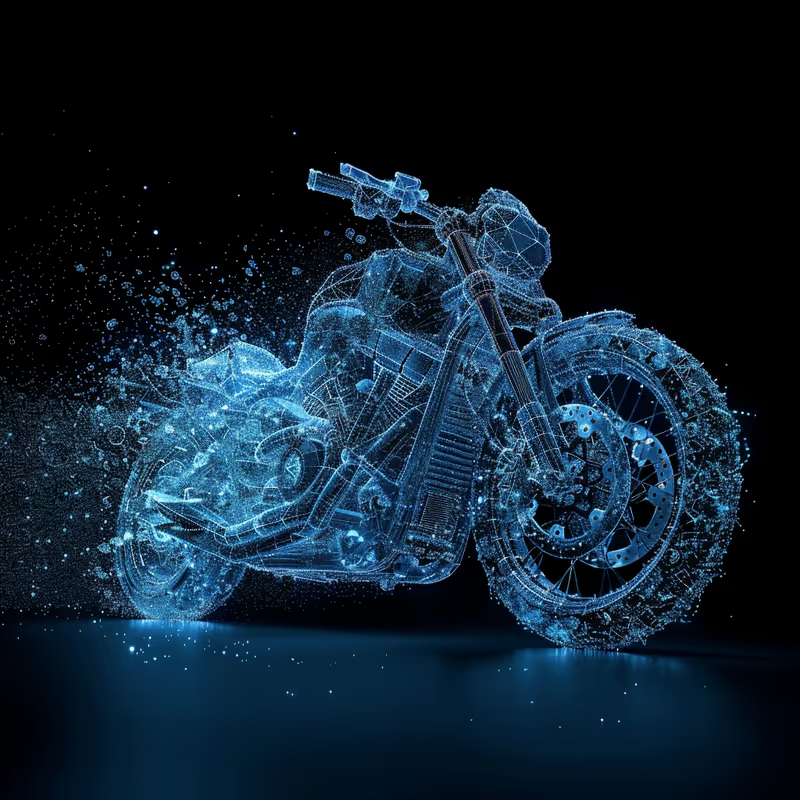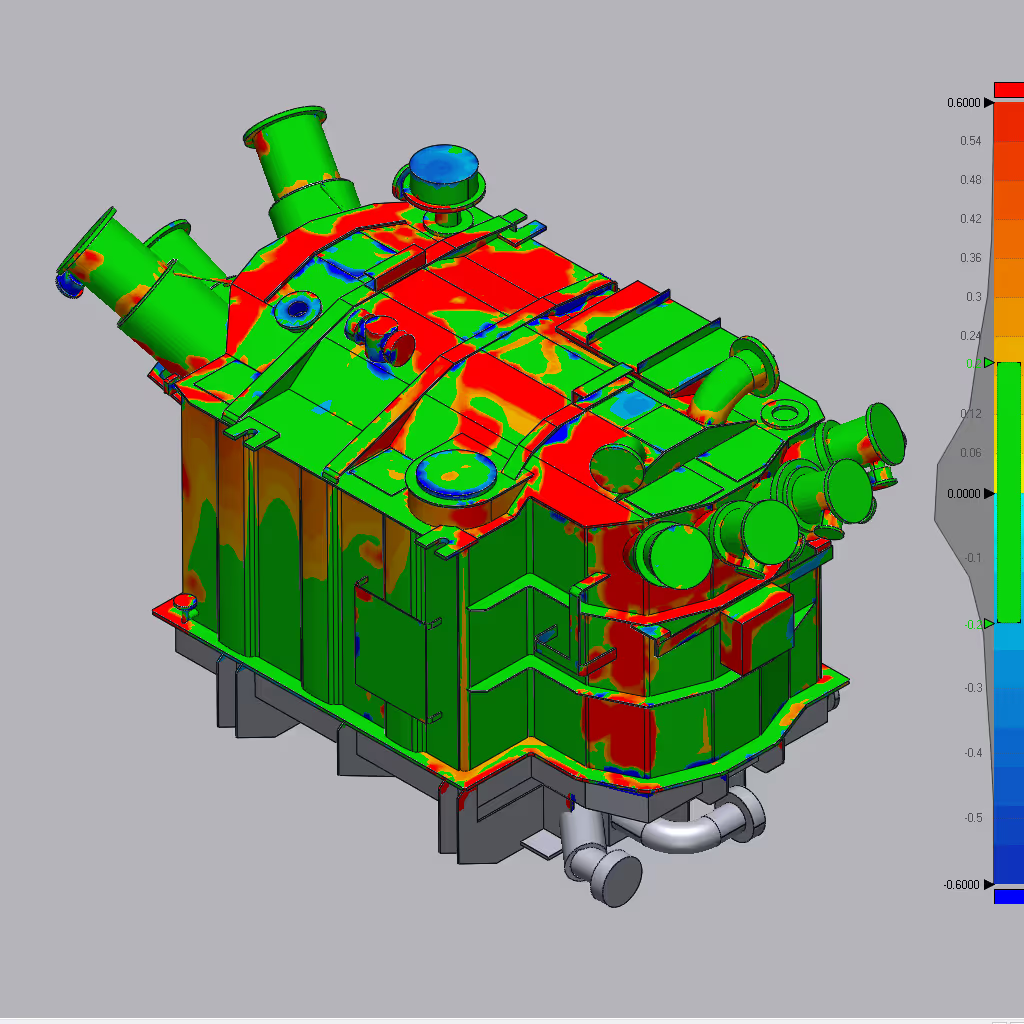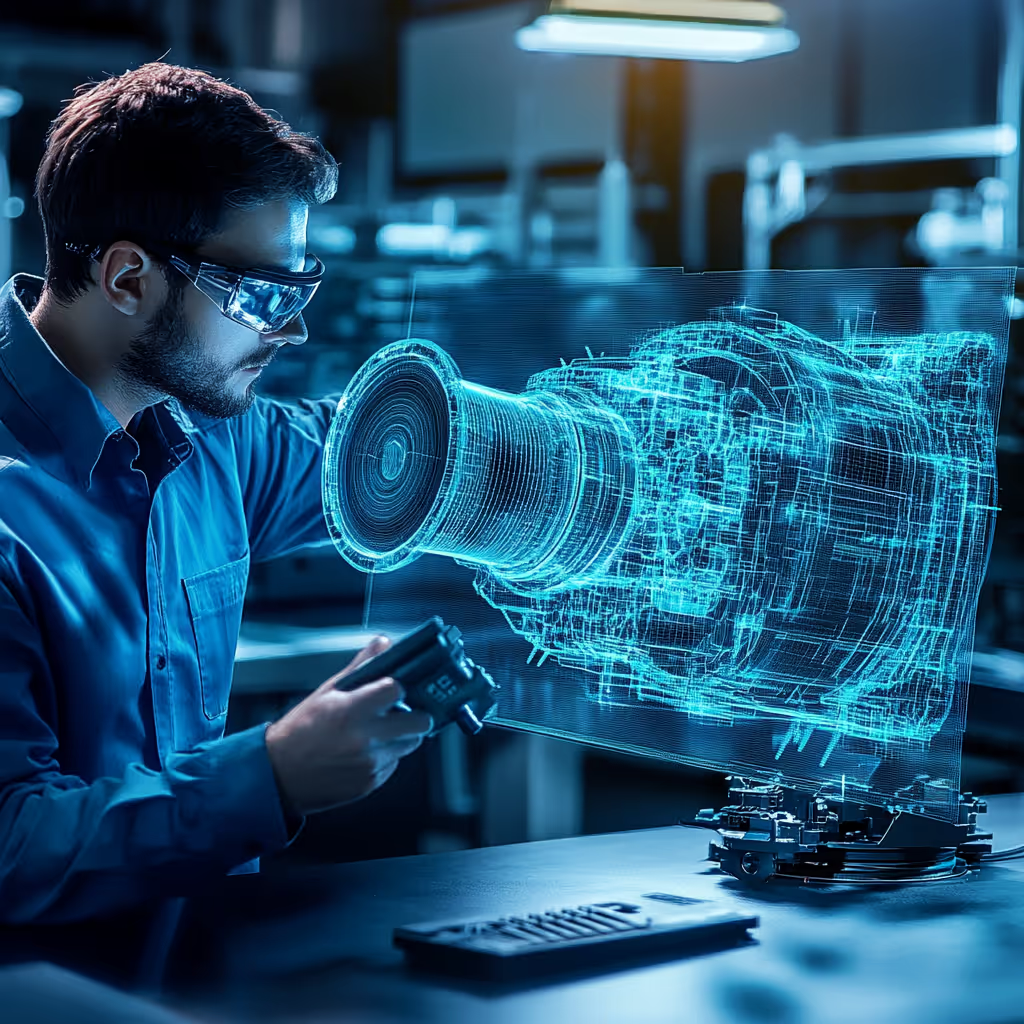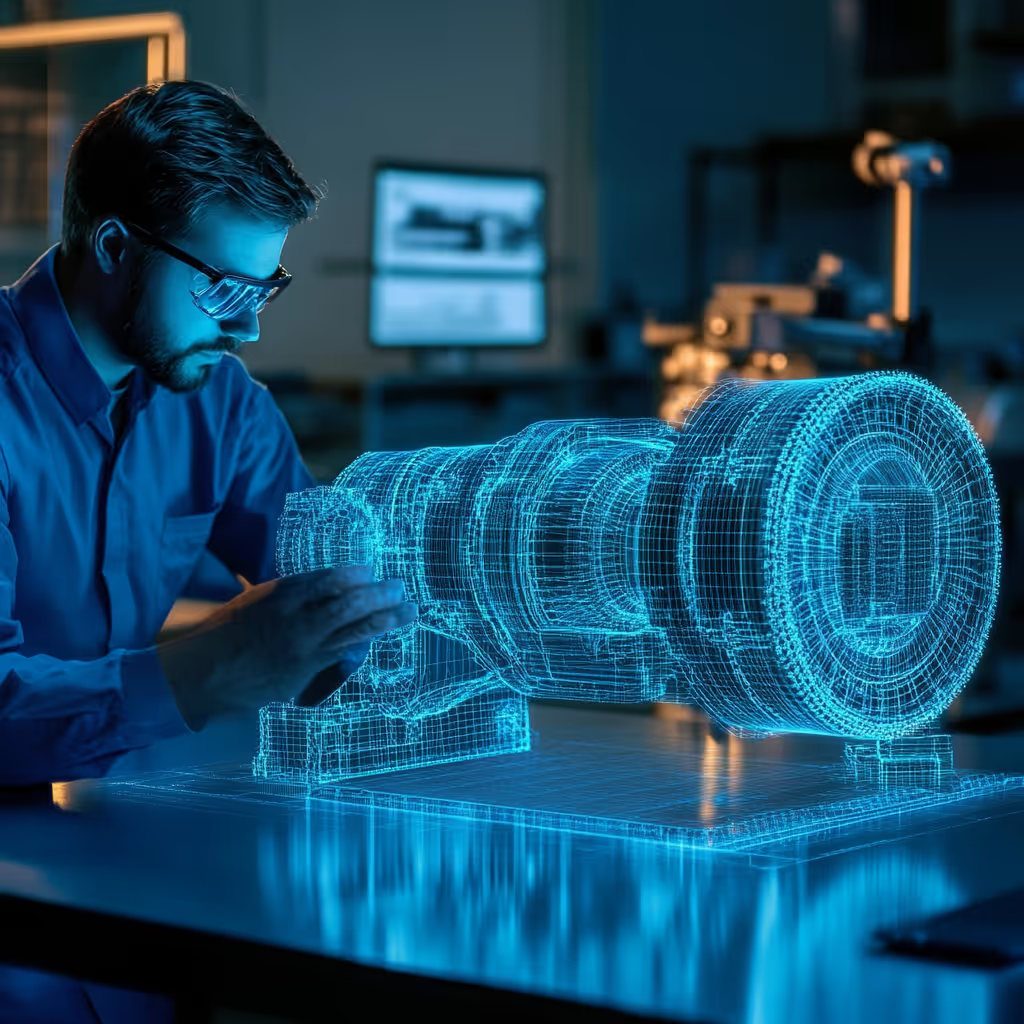Professional Outsourced 3D Scanning for Visualization Services

Creating a 3D CAD model via a 3D scanner is just the first step in generating breathtaking visualizations of your parts. With the help of CAD/CAM Services, you can transform any physical part into a series of 3D animations and interactive web-based models in a matter of days.
Our team expedites the full reverse engineering process, in addition to adding stunning visuals and realistic visualizations. We are one of the few US-based outsourced engineering companies that can offer this service, and we take a lot of pride in our work.
With our help, you can convert your entire catalog of parts into a collection of digital visualizations. These images can go directly on your site, or they can be used as sales material. Either way, the visuals will show how your parts look in real life, without the need to hire a professional camera crew and set up your physical parts.
Since everything is done digitally, we can emulate dozens of different environments, showing the full scope of your products’ capabilities.


.png)




